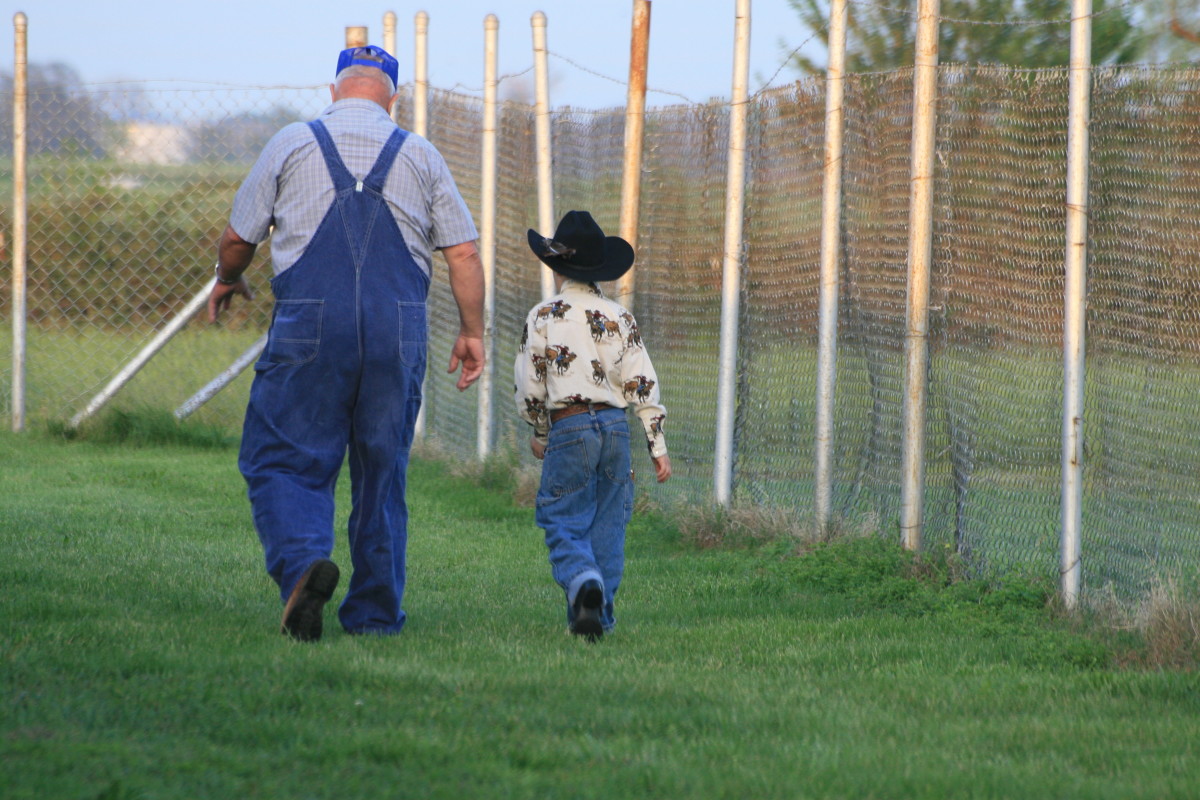How Many Times Must I Say No?
I am in the grocery store and I hear a child asking for a second cookie from the bakery. I hear the parent tell the child "no," you have already had one and that is enough. The child ask again adding the word please. The parent then says, "well, I guess one more won't hurt since you said "please."
I'm a little confused because I gathered from the conversation that one was enough. How did the word "please" change that?
What did the child take away from that conversation? Know, that the child did learn something.
The word "PLEASE" changes the answer.
Saying "please" is very polite and a good word to use when asking for something, but does it change the meaning of the word "no?"
A reason was given as to why the child could not have another one. Did that reason also change?
But I really want it!
When we want something we go after it. We try to get it. It is what living things, animals do.
As humans we have more sophisticated ways of getting what we want.
Children are learning and using what they know how to do. Crying has worked since they were born. When they were hungry, they cried and they were fed. When they were uncomfortable or hurt, they would cry and someone would look for the source of that pain and relieve it. So they learned that crying brought the result that they wanted. This was a learned experience.
As they developed and learned to do more things the child learns more ways to bring about the results they want. But they also learn from the experience. The response to their method of getting their desired result becomes the lesson for how to get what they want.
You, the parent become the teacher.

What does the teacher/the parent want the child to learn from these experiences?
Remember, the child has become accustomed to crying and getting the desired result. When the child cries because he or she wants something the parent should not be surprised. Instead, think, how can I show him or her a better way to get the desired result?
This is probably when the child is taught to say, "please." The child learns that if I say please, I will get what I want.
Saying please is a good lesson, but what happens when the child says please for something that they cannot have?
It is time for a new lesson.
Be proactive and not reactive.
The child above who wants his iPad is very distraught. He is very determined to get his iPad. His tantrums have probably gotten him what he wanted in the past. They may not have always reached this level but when what worked before does not work, the child will usually step it up.
This type of behavior is hard not to react to. Why can't he have his iPad? It is important to know why the child cannot have what he or she wants. This will help you better decide your response to his or her strong reaction to not getting his or her way.
First, remember what you told the child and the reason you gave him for your answer. If there was a specific reason for him not to have the iPad such as it is time to go to bed or you have used your allotted iPad time, then, he cannot have the iPad until the next day. So, maybe it should be explained that he cannot have the iPad until the next day when it is no longer bedtime or he has new allotted time to use the iPad.
Once, you, the parent knows that he understands this, it is time to go to the next step of defusing this situation.
You may want to allow the tantrum to fizzle out on its own by no longer giving any attention to it, or give the child 2 choices.
1. You can calm down and go to bed or
2. You will not be able to use the iPad tomorrow if this continues.
You choose!

Giving Choices to Children
When you are giving children choices to choose from, think about the choices that you may give first. Don't just blurt out options. You may not like their choice.
You may say, "if you don't go to bed you will be sleepy in the morning and have a bad day, but if you go to bed now you will feel good in the morning and be ready to have a good day."
Young children and even teens may want to chance being sleepy in the morning because they are not ready to go to bed. Because you made the latter sound good "to you," you expected them to choose the latter.
Now what? Are you going to accept their choice?
In the picture above the boy has two choices, a cupcake and an apple. We want him to choose the apple because it is the better choice. But the apple is not the most satisfying choice. Maybe if we want him to make a healthy choice the choices should have been an apple and a grapefruit.
When giving two choices try to keep the choices in the same category. Make sure they are choices that you will allow. Children have many different reasons for the choices they make such as desire, dislike, and spite.
Be wise in the choices you give them. Don't give them too many choices either. Two is a good number. Too many choices will change the decision making process.
Saying No
I have no problem with the word "no" as a parent and as an educator. I believe that children understand it very well. I don't necessarily believe that children say it just because it is said to them. Children say it because it gives a clear message.
But I also believe that there are many ways to send the message, the message that I the parent do not want you the child to do something or to have something.
The point that I am making is that what you say to children should be very clear and concise. Children are very good at finding loopholes in your conversation or ignoring the meaning of your conversation.
Make sure you mean what you say and most importantly you say what you mean.








